To reach this delicacy that we all enjoy in our homes, they go through different processes, one of them is the maturation. Do you know what is the maturation of cheese?
This process is the last one in the cheese manufacturing process, once the pressing and salting tasks have been carried out.
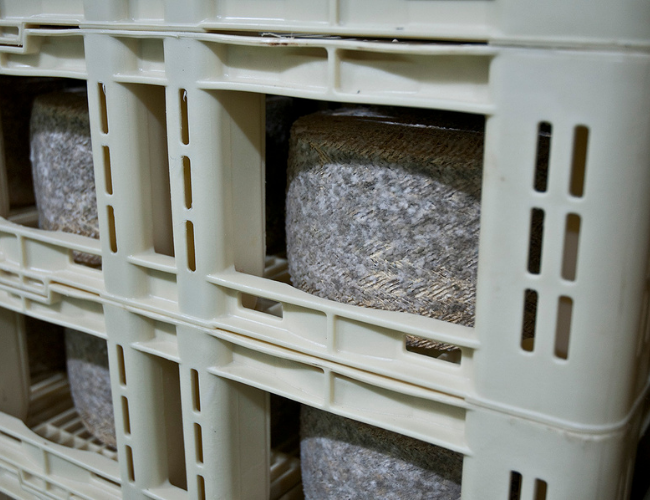
What does the maturation process consist of?
As we have said, ripening is the last step in the cheese making process. In this stage, all the environmental details are taken care of, such as temperature, humidity and ventilation of the room where the cheeses are left to mature. In this way, the desired texture, flavor and aroma will be obtained.
Texture plays an important role at this stage because the longer a cheese is left to mature, the more water it will lose, resulting in a harder texture.
Another change that occurs during ripening is the variation in flavor. As mentioned above, over time the cheese loses water, resulting in a more intense flavor.
And, finally, as well as the flavor, a ripened cheese will have a stronger odor. The odor of cheese comes from the bacteria and other microorganisms that arise in its formation. Thus, the older a cheese is, the more microorganisms it has formed, and the more odor it will have.
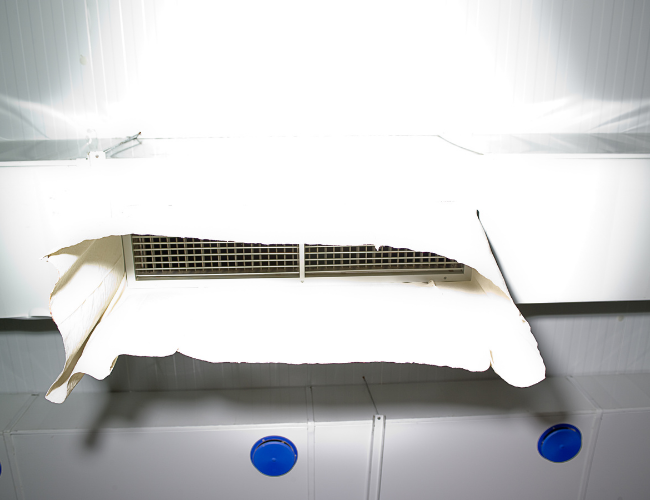
This curing process is usually carried out in chambers, conditioned in such a way as to facilitate the formation of the desired characteristics in the cheese.
In these chambers, the cheeses are also turned to prevent them from deforming.
A different type of ripening is carried out, for example, in some Asturian cheeses, since the cheeses are ripened in caves. This makes it a totally natural process that acquires unique characteristics, all thanks to the humidity of the environment.
Now we know that cheese ripening is related to its age, but not all cheeses have the same ripening. It can be days, months or even years.
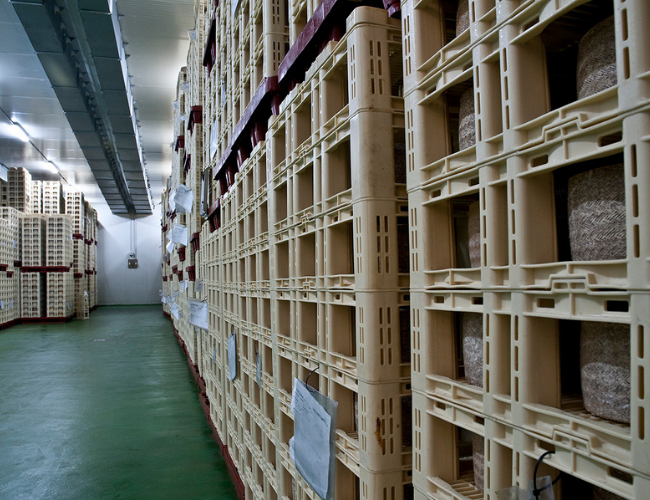
The classification of cheeses according to their maturation period
We tell you about the cheeses that emerge at the end of this process, from the shortest to the longest time in the ripening or curing chambers.
Fresh cheeses
These cheeses are not aged. Therefore, they have not spent days in special conditions to acquire flavors or textures. For this reason, they have a much juicier texture, as they do not lose as much water as cheeses that are left to mature.
In fact, they are called “fresh” because they take less than a day to set.
Its flavor is mild and it has a low fat and cholesterol content, which is why it is widely consumed for weight loss.
Soft cheeses
In the next stage we find soft cheeses. These, if they have been exposed to a maturation process, but very short (between 15 and 30 days).
As with fresh cheeses, soft cheese is soft, since it has a very short ripening period and has not lost a large amount of water.
It also has in common with fresh cheeses that this type remains low in fat and cholesterol and provides a mild flavor.
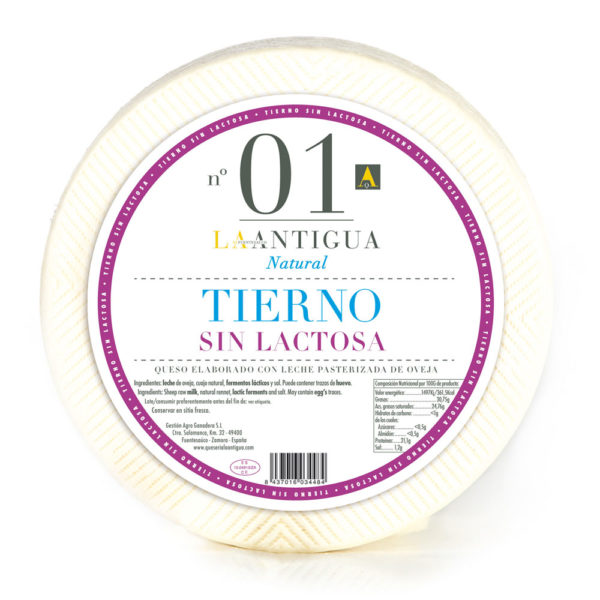
Semi-cured cheeses
The cheeses that have a ripening process of between 1 and 3 months are semi-cured cheeses. These are cheeses that have undergone a longer curing period, which makes them have a stronger flavor than the previous ones and their texture begins to be harder.
As it has more time to mature, it develops nutrients. It has more protein than less aged cheeses, as well as more calcium and potassium.
Cured cheeses
At the next level are the cured cheeses. These cheeses have undergone a ripening process of between 3 and 6 months. After spending so much time in the chambers, they lose all the water and the cheese is harder and stronger in flavor.
The more ripening increases, the more protein, calcium and potassium content they will have.
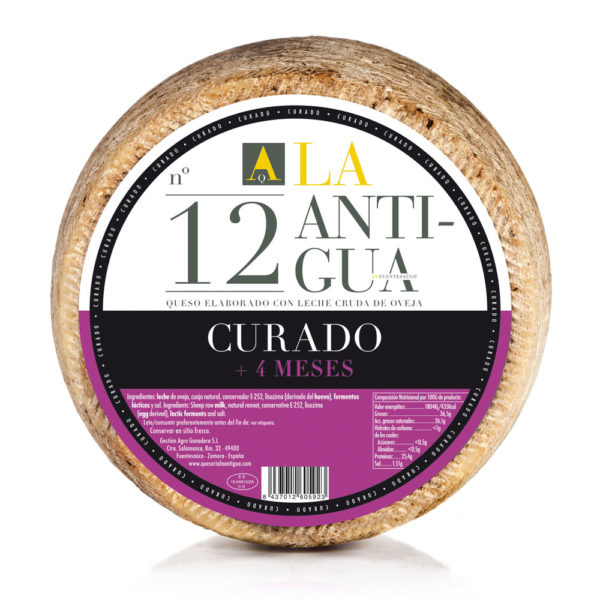
Old cheeses
Older cheeses are, as you can imagine, even stronger. It matures between 6 and 9 months. As it is a stronger cheese, with a longer curing period, it has a more powerful flavor than cured or semi-cured cheeses.
Aged cheeses
And at the top of the scale, we have aged cheeses. The time spent in the ripening chambers exceeds 9 months, creating a cheese with a strong flavor, perfect for those who love intense flavors.
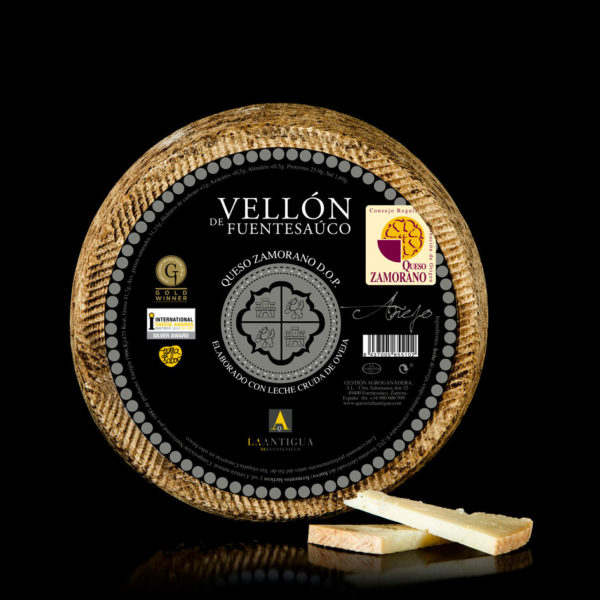
As you can see, apart from finding cheeses made with different milk (cow, sheep, goat…) or with different flavors (paprika, saffron, pepper…) we have cheeses that vary according to their age. It depends on taste, if your palate appreciates strong flavors you are on the aged cheese team, on the other hand, if you prefer mild flavors you should choose a less aged cheese.
Which one do you choose?
